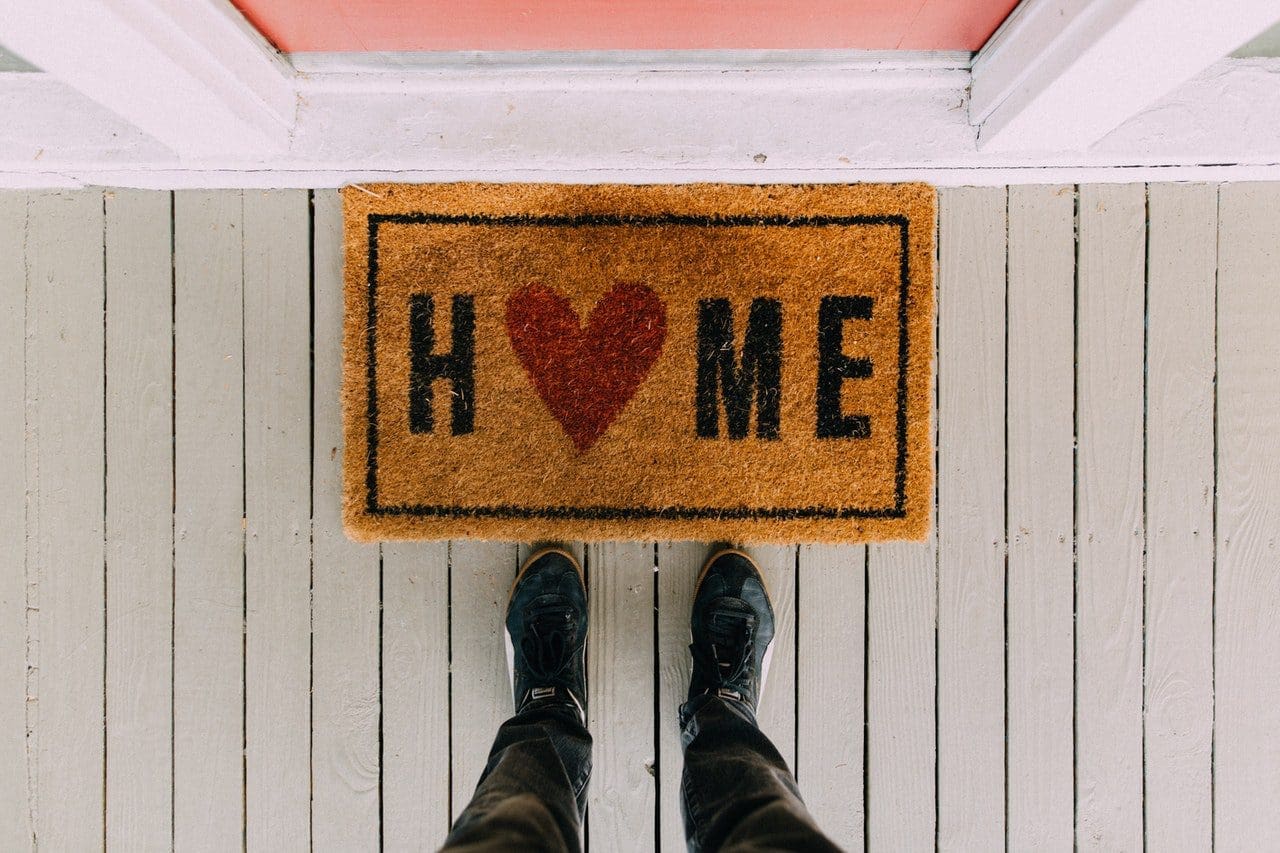51% of people say they’ve become more eco-friendly in their day-to-day lives, according to OnePoll. Eco-friendly living can cut your household costs and make your home a healthier place. But, 52% of people say they have disagreements with the people they live with about being green. Follow these tips, and your home is sure to become a happier, greener place.
Photo by Kelly L
Food choices
27% of Americans are choosing sustainable food when they go shopping, according to Spoon Guru. This can cause some disagreements among household members, though, as Americans spend $100 more per month on sustainable products. There are considerable benefits to eating green, including cutting your carbon footprint and supporting your local economy. It is possible to eat sustainably on a budget too. Stick to food that is in season for a start. Budget-friendly protein is also a good choice. Think canned tuna, peanut butter, and beans. Most of all, only buy what you need. Most households throw away more than 31% of the food they buy, so rein in how much you buy and use it all up before buying more.
Cleaning your home
Standard household cleaners are packed full of chemicals that are dangerous for the environment. Phthalates, perchloroethylene, and triclosan are just three of the chemicals you should avoid polluting the environment with. Of course, your housemates will still want to live in a clean home, so opt for green cleaning products instead. These products are usually made from sustainable, natural products and are free from phosphates, chlorine, and similar ingredients, which can cause air and water pollution. Another way to keep an environmentally-friendly home is to minimize waste. A dirt-grabber mat will mean less mopping, so less water waste. Reusable, washable cloths are a must rather than disposables and use a dustpan and brush rather than the vacuum when you’ve got small spills to clean up.
Light it up
Every home needs good lighting. But many lighting options are far from eco-friendly. They’re often made up of plastic, metals, and cloth which can’t always be recycled. When you’re next shopping for lighting for your home, go for items made from bamboo, natural wood, recycled glass, or natural fibres. You also need to use eco-friendly bulbs. Halogen incandescent, LED, and CFL are your options, although LED and CFL are generally considered more eco-friendly. You also need to work together as a household to be as green as possible with your lighting. 20% of your electric bill will be for your home’s lighting. Avoid leaving lights on when there’s no one home. Turn lights off when you leave a room, and reduce the number of lights in your home to save money. Energy Star says that most homes have 40 lights, which is more than any home needs.
It’s great that so many more homes are adopting eco-friendly living, and it’s clear that this is causing problems among some households, but these tips will ensure you all live a happy, harmonious, and green life together.


